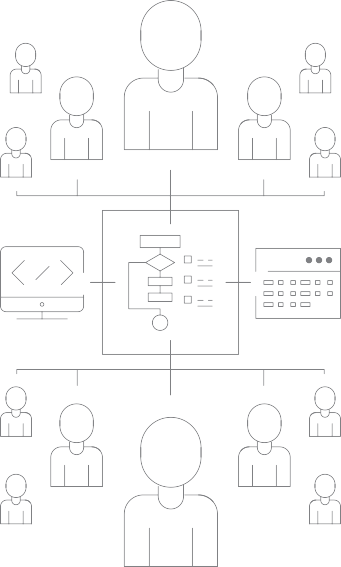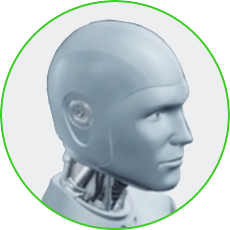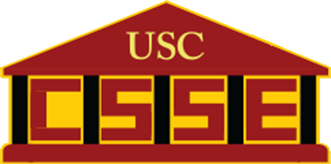In agile projects, staffing is fixed with a small team, and the schedule is an endless series of 2-week sprints.
In Parallel Agile®, staffing is elastic (just add more developers), and the schedule is fixed at 3 months:
- a month of prototyping
- a month of design
- a month of acceptance testing







